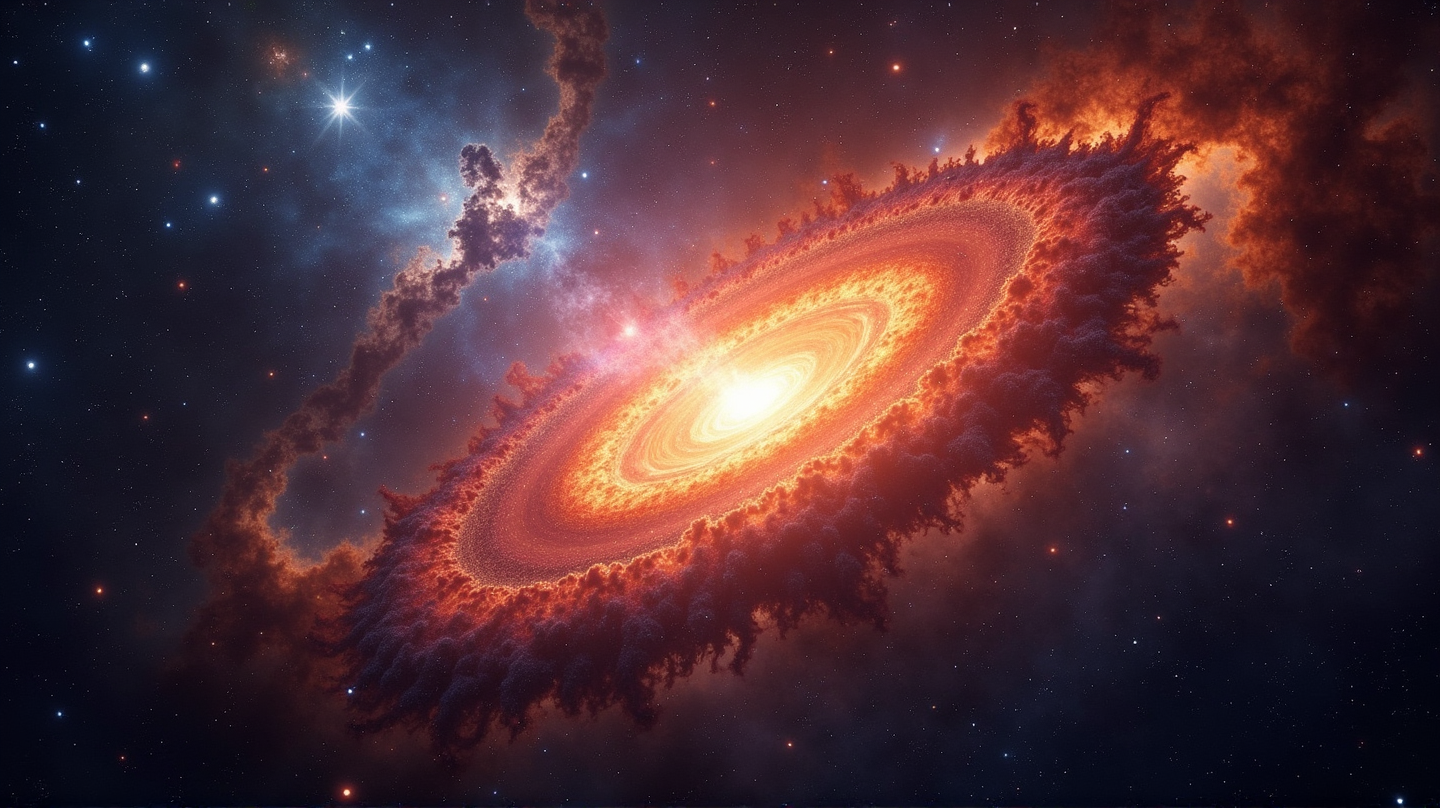Astronomers Capture Light from Distant Dying Stars After 12 Billion Years
Incredible discovery: Astronomers track a stellar explosion from 12 billion years ago, shedding light on the early universe.

In an awe-inspiring discovery, astronomers have unveiled a cosmic spectacle—a colossal stellar explosion from the dawn of time, 12 billion years ago—spotlighting new mysteries of the universe. According to The Daily Galaxy, a unique cosmic phenomenon triggered by massive stars has set pulses racing in the scientific community, as their story unfolds across the cosmos.
The Einstein Probe’s Remarkable Find
In January 2024, the Einstein Probe space telescope began its celestial journey, redefining how we understand transient cosmic events. Mere weeks into its mission, it captured a fleeting yet intense flash—the Fast X-ray Transient, dubbed EP240315A. This brief but powerful explosion provided a golden opportunity for astronomers who traced it back to when our universe was a mere 1.8 billion years old.
Tracing a Cosmic Lighthouse
Utilizing advanced instruments like the Very Large Telescope in Chile and the Gran Telescopio Canarias, scientists triangulated the explosion’s origin. EP240315A unfurled more energy in seconds than our sun will emit over its lifetime, setting the stage for breakthroughs in understanding stellar behavior. These cosmic beacons act as laboratories for scientists, revealing the bustling activity of galaxies during the universe’s early years.
A Family Affair: FXTs and Their Gamma Ray Burst Cousins
As astronomers continue to classify these phenomena, the similarities between FXTs and Gamma Ray Bursts have sparked lively discussion. Insights into their shared characteristics are reshaping theories around black hole formation and star deaths. As an emerging area of study, the subtle differences in environments where these events occur provide a treasure trove of knowledge awaiting further exploration.
Illuminating the Early Universe: Escaping Light
One of EP240315A’s most groundbreaking revelations is the observation of ultraviolet light escaping from its host galaxy. This unprecedented glimpse into the early universe’s radiant behavior deepens our understanding of cosmic reionization—a pivotal era when light began to permeate the previously opaque universe.
A New Dawn in Astrophysics
The Einstein Probe’s adept capabilities open an unprecedented window into stellar anatomy and intergalactic history. As new mysteries unravel, anticipation grows around harnessing this knowledge to comprehend not just the universe’s past, but potentially, its future. With 20 additional FXTs identified thus far, the wavelength, clarity, and duration of these bursts promise exciting avenues for discovery.
In a world where answers breed questions, the cosmos beckons; we are merely at the beginning of a journey that humanity has only begun to understand.

